Long before gardening guides filled shelves and tutorials popped up online, knowledge was passed down quietly—from grandmother to granddaughter, from neighbor to neighbor, from farmer to the boy trailing behind with a bucket of seeds. Much of this wisdom was rooted in observation, patience, and a closeness to the land that modern life often overlooks. And while today’s gardeners have the benefit of soil tests and drip irrigation systems, there’s a surprising amount of old advice that still guides successful growing.
At The Quiet Harvest, we sometimes recommend products that make homesteading, cooking, and cozy living a little easier. When you click on one of our Amazon or affiliate links and make a purchase, we may earn a small commission—at no extra cost to you. It’s one way we keep this space thriving, so we can continue sharing recipes, garden wisdom, and quiet living inspiration. Thank you for supporting us in this simple, meaningful way.
Plant with the moon in mind
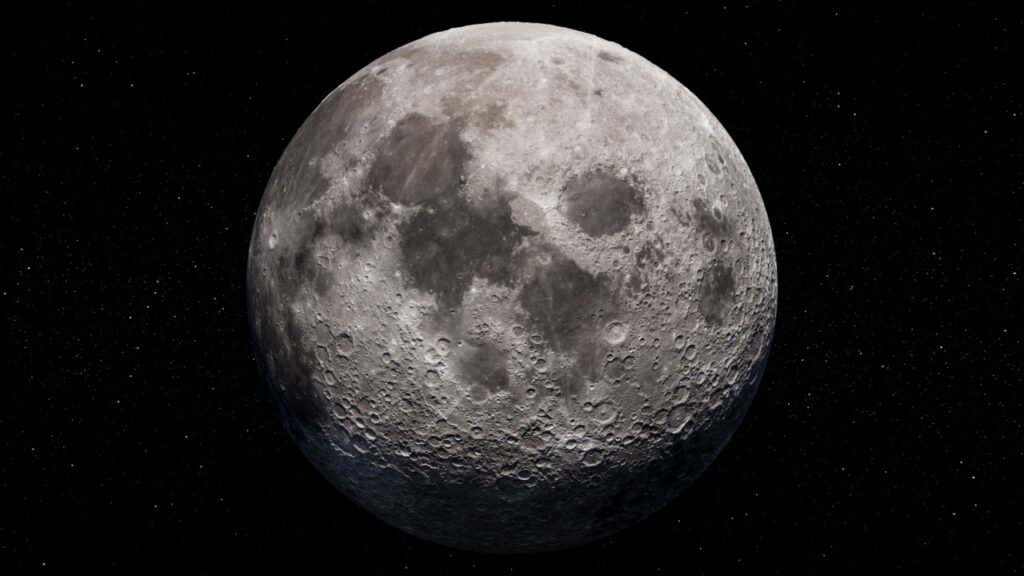
For centuries, gardeners believed the moon’s pull influenced plants just as it did the tides. The old rule was to plant above-ground crops like beans, lettuce, and corn during a waxing moon, and root crops such as carrots, potatoes, and onions during a waning moon. While science hasn’t fully confirmed the practice, many growers still swear by it, claiming their gardens thrive when they follow the lunar calendar. At the very least, it speaks to an old truth: paying attention to natural cycles often leads to better results.
Feed the soil, not just the plant
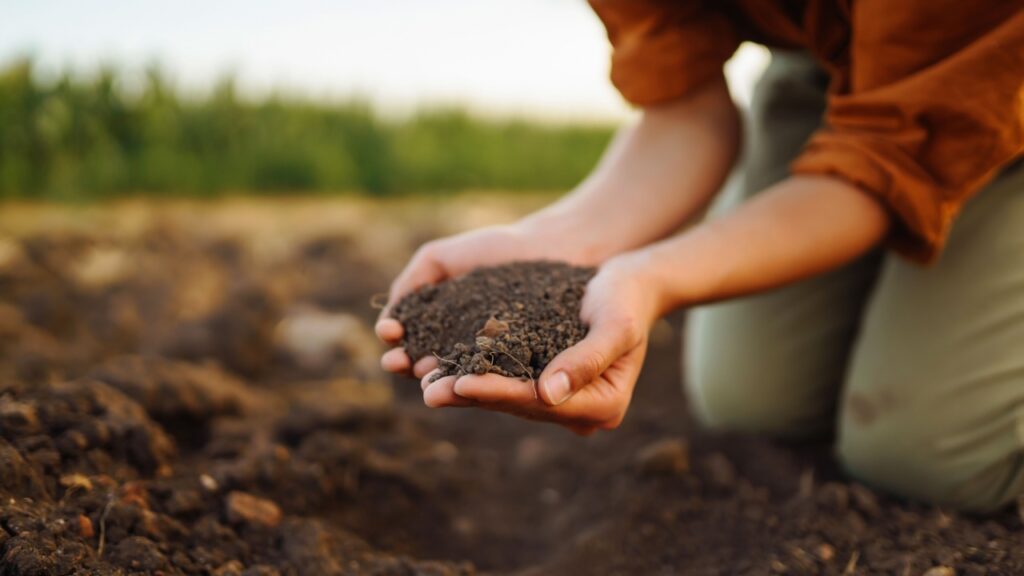
One piece of wisdom that has never gone out of style is this: healthy soil makes healthy plants. Gardeners of the past didn’t have synthetic fertilizers, so they relied on compost, manure, and leaf mold to enrich the ground. These methods didn’t just nourish plants—they created living, thriving soil that supported long-term fertility. Today, science backs up what those early gardeners already knew: investing in the soil creates resilience, better yields, and gardens that can withstand stress.
Companion planting has roots in tradition
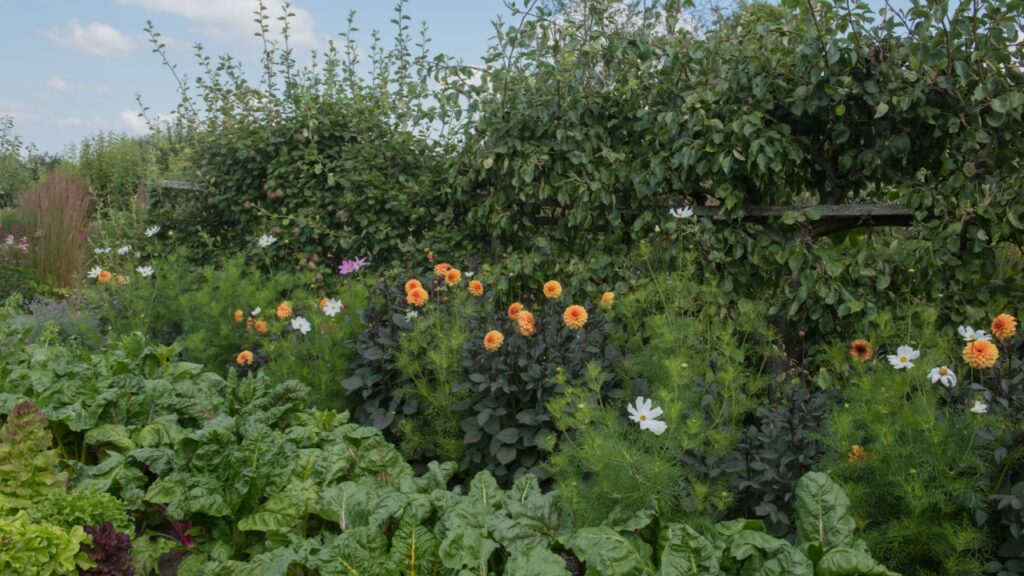
The practice of pairing certain plants together for mutual benefit goes back generations. Native American gardeners planted the “Three Sisters”—corn, beans, and squash—because the corn provided support for the beans, the beans fixed nitrogen in the soil, and the squash leaves shaded out weeds. Other combinations, such as marigolds near tomatoes or basil beside peppers, remain garden favorites. While some pairings are now explained by modern botany, the heart of the advice is unchanged: plants grow better when they have the right neighbors.
Pay attention to the weather, not the calendar
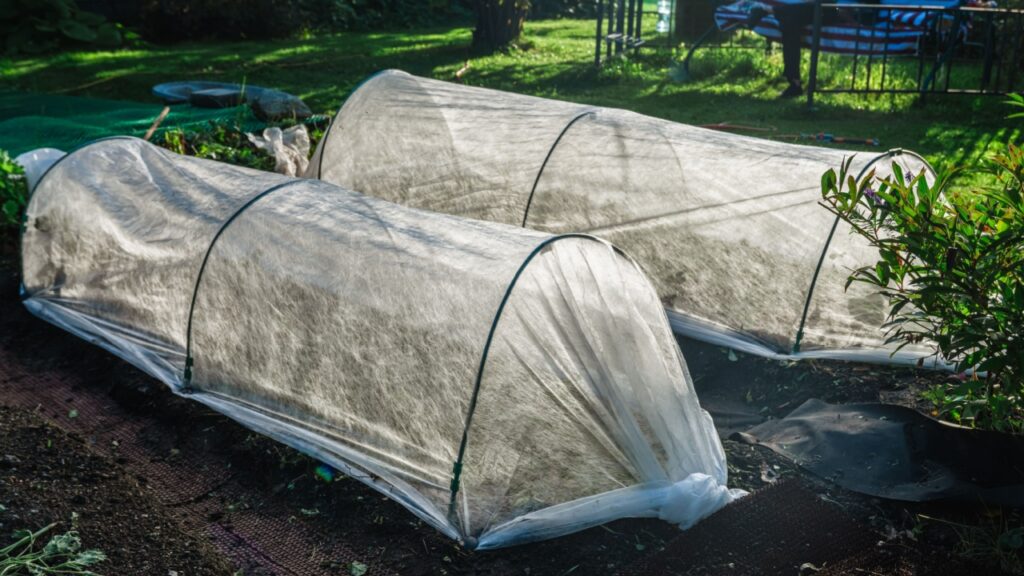
Old farmers rarely sowed seeds just because the date told them to. Instead, they watched for natural signs. When lilacs bloomed, they planted beans. When the oak leaves were the size of a squirrel’s ear, they sowed corn. Birds, insects, and even the feel of the air offered clues about when the soil was warm enough and the frost had truly passed. Even now, gardeners who watch nature often avoid the disappointment of planting too soon.
Rotate your crops
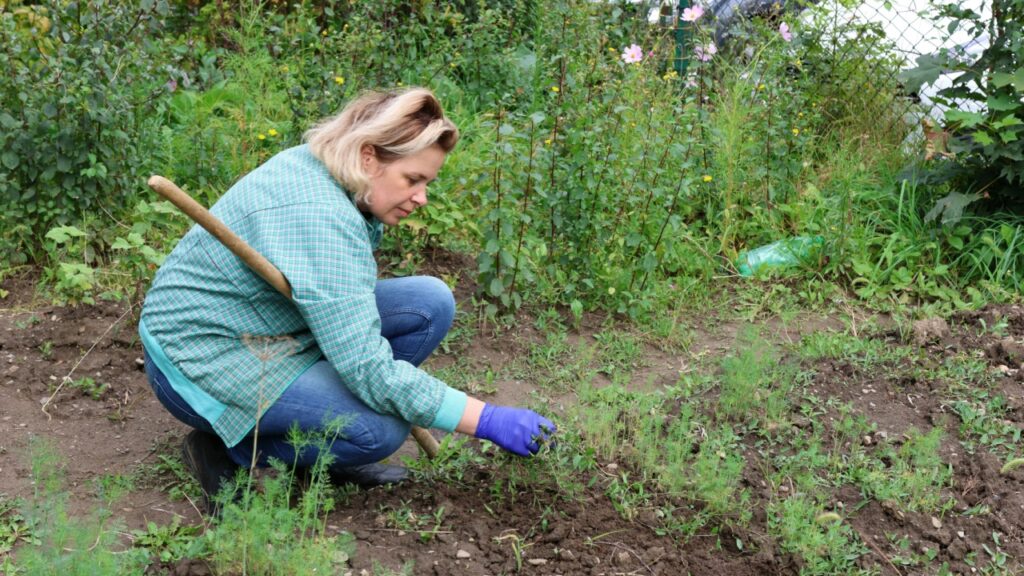
i
It may sound like a modern agricultural technique, but crop rotation has deep roots. Families who worked small plots noticed that planting the same thing in the same place year after year left the soil tired and invited pests. By rotating crops—moving beans, then cabbage, then potatoes through the same patch—they refreshed the soil and kept diseases in check. Today’s backyard gardeners still benefit from this practice, whether they’re tending raised beds or large fields.
Save seeds for tomorrow
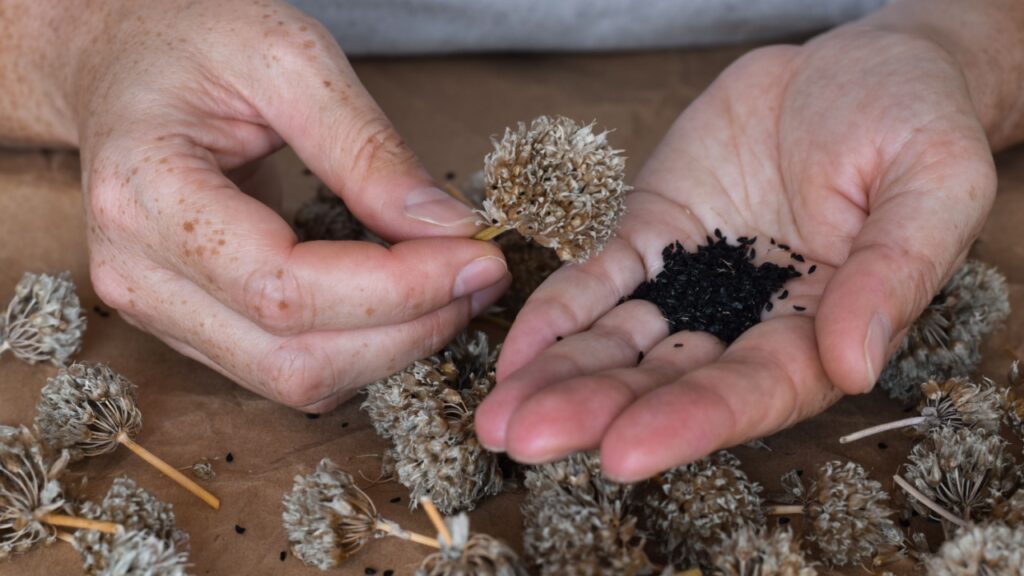
Seed saving was once simply part of the rhythm of life. Families carefully chose the best tomatoes, beans, and squash to let ripen fully, gathering seeds to ensure next year’s crop would be strong. This wisdom not only preserved diversity but also adapted plants to local conditions over time. In a world where hybrid seeds dominate, many gardeners are returning to this old tradition, finding joy in the continuity of growing what their ancestors once did.
Mulch for moisture and health
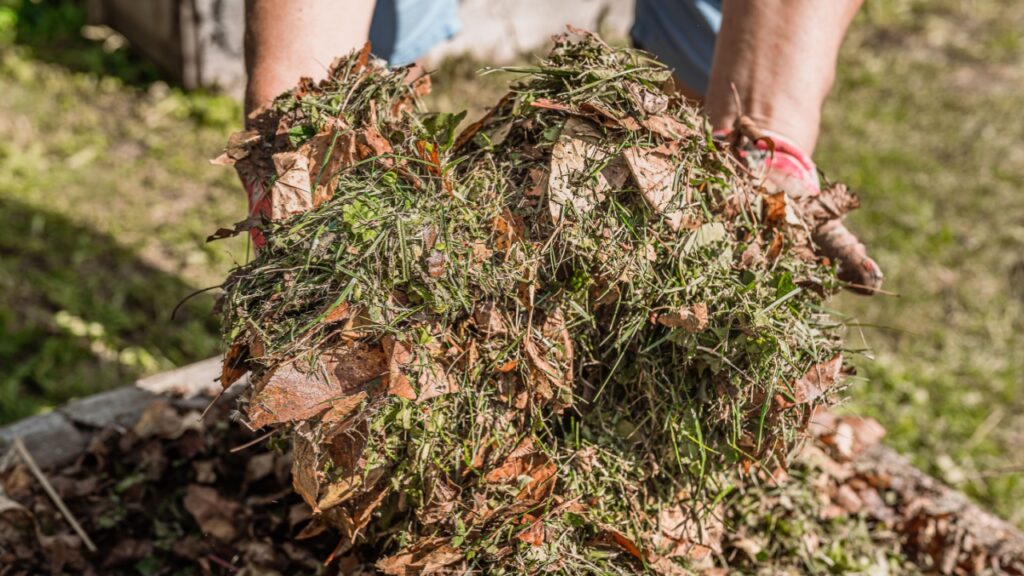
Before bagged bark chips, gardeners used what was on hand—straw, leaves, pine needles, even grass clippings—as mulch. The practice suppressed weeds, kept soil moist, and eventually broke down to feed the earth. Today, mulch remains one of the simplest, most effective ways to protect a garden. It’s a reminder that old habits, born of necessity, often carry remarkable wisdom.
The wisdom endures
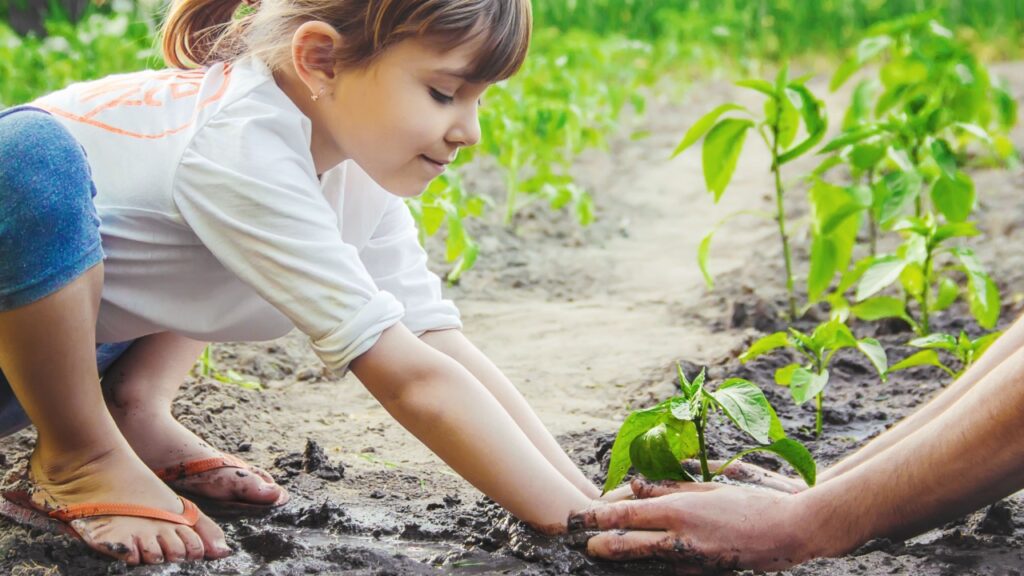
What makes old garden advice endure isn’t that it’s quaint or nostalgic. It’s that it works. Observing nature, caring for the soil, planting with intention, and saving for tomorrow are practices as relevant now as they were a century ago. Technology may add convenience, but the heart of gardening hasn’t changed: it’s about working with the rhythms of the earth rather than against them.
So the next time you tuck a seed into the soil or tie up a tomato vine, consider the quiet generations behind you. Their voices echo in every thriving garden, reminding us that good harvests don’t come from rushing or forcing but from listening, tending, and trusting old wisdom that still holds true.



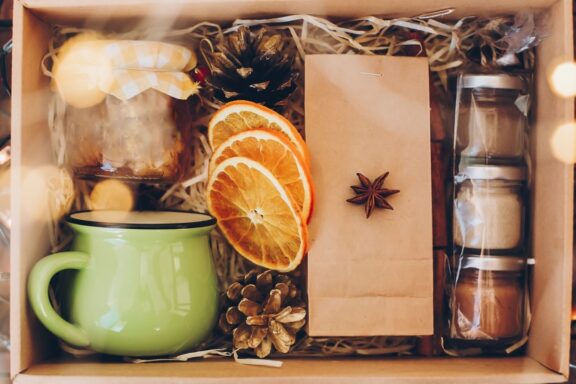

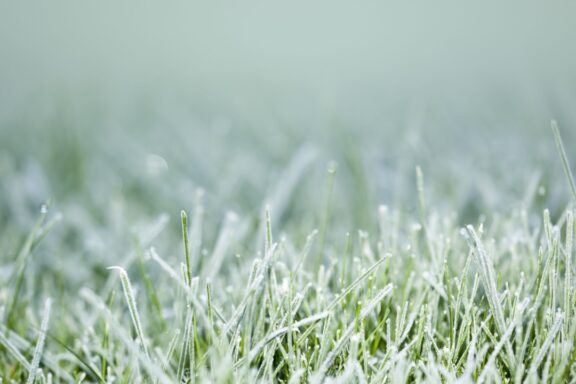
No Comments